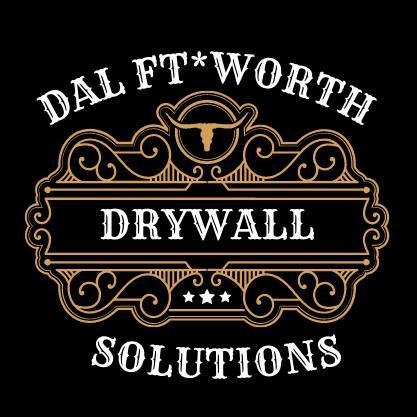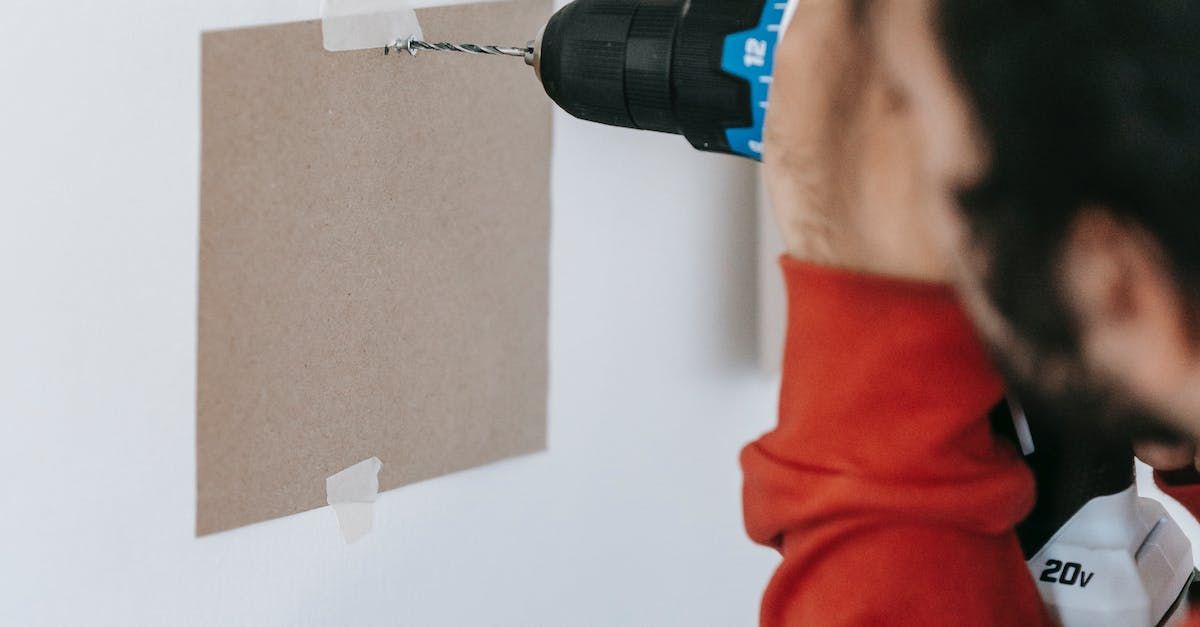The Ultimate Guide to Drywall Holes and Patches Repair
Expert Drywall Repair Services by Fort Worth Drywall Solutions
Drywall is a ubiquitous feature in homes and offices, serving as the backbone of our interior spaces. It's an excellent material for creating smooth, even walls, but it's not immune to damage. Over time, accidents, wear and tear, or even DIY projects can lead to unsightly holes and imperfections in your drywall. This is where drywall repair comes to the rescue.
In this comprehensive guide, we'll walk you through everything you need to know about drywall holes and patches repair. Whether you're dealing with minor blemishes or significant damage, we've got you covered. Let's dive in!

Understanding the Basics of Drywall
Before we delve into the world of drywall repair, it's crucial to understand the basics of this essential building material. Drywall, also known as gypsum board or plasterboard, is composed of a core of gypsum sandwiched between two layers of paper. It's a popular choice for interior walls and ceilings due to its durability, affordability, and ease of installation.
Common Types of Drywall Damage
1. Drywall Holes
Drywall holes can occur for various reasons, including accidental impacts, doorknob dings, or DIY projects gone wrong. These holes not only detract from the aesthetics of your walls but also compromise their structural integrity.
2. Drywall Cracks
Cracks in drywall are often caused by settling foundations, temperature fluctuations, or structural issues. These cracks can be unsightly and may continue to worsen if left unattended.
3. Drywall Water Damage
Water damage is a significant concern for drywall, especially in areas prone to leaks or flooding. It can lead to warping, staining, and mold growth, necessitating prompt repair.
Essential Tools and Materials
Before you embark on your drywall repair journey, gather the following tools and materials:
- Drywall patch or joint compound
- Drywall tape
- Putty knife
- Sanding block
- Utility knife
- Paint and primer
- Sandpaper
- Safety gear (gloves, goggles, dust mask)
Step-by-Step Drywall Hole Repair
Step 1: Prepare the Area
Begin by clearing the damaged area of any loose drywall and debris. Use a utility knife to create a clean, even edge around the hole.
Step 2: Apply a Patch
For small holes, apply a layer of joint compound over the hole and smooth it out with a putty knife. For larger holes, you may need to use a drywall patch or insert a piece of drywall cut to fit the opening.
Step 3: Apply Drywall Tape
Cover the patch or joint compound with drywall tape. Ensure it's smooth and free of bubbles.
Step 4: Feather the Edges
Apply additional layers of joint compound, feathering the edges to create a seamless transition between the patch and the surrounding wall. Sand between coats for a smooth finish.
Step 5: Sand and Prime
Once the patch is dry and smooth, sand it down to remove any imperfections. After sanding, apply primer to prepare the surface for painting.
Step 6: Paint
Finally, paint the repaired area to match the rest of the wall. Choose a paint that matches the existing color and texture for a flawless finish.
Cost Considerations
The cost of drywall repair can vary depending on the extent of the damage, the materials required, and whether you choose to DIY or hire a professional. Small repairs may cost as little as a few dollars for materials, while extensive damage could require professional intervention and a higher investment.
DIY vs. Professional Drywall Repair
Deciding whether to tackle drywall repair yourself or hire a professional depends on your skill level and the complexity of the damage. DIY repairs can save money, but if not done correctly, they may result in visible imperfections. Hiring a professional like "Fort Worth Drywall Solutions" ensures a flawless finish and peace of mind.
Finding Drywall Repair Services Near You
If you prefer professional assistance, searching for "drywall repair near me" is a great start. Local services like "Fort Worth Drywall Solutions" specialize in drywall repair and can provide efficient, top-quality solutions tailored to your needs.
Patching Small Holes in Drywall
For minor imperfections like nail holes or small dings, the process is simplified. Apply a small amount of joint compound, smooth it out, and follow the same steps for sanding and painting as described earlier.
Preventing Future Damage
To minimize the need for future drywall repairs, consider the following preventive measures:
- Address plumbing and roof leaks promptly.
- Install door stoppers to prevent doorknob damage.
- Reinforce wall corners with corner bead or protectors.
- Avoid excessive humidity, which can lead to moisture-related damage.
Wrapping Up
Drywall holes and patches repair doesn't have to be a daunting task. With the right tools, materials, and a bit of know-how, you can restore the beauty and functionality of your walls. Whether you choose to DIY or seek professional help from "Fort Worth Drywall Solutions," your drywall can once again be a flawless canvas for your interior spaces. Remember that proper repair not only enhances aesthetics but also preserves the structural integrity of your walls. So, don't delay – fix those drywall imperfections and enjoy a beautifully finished living or working environment!




